F-35 program is becoming one of the most expensive in military history
- By Stavros Atlamazoglou
Share This Article
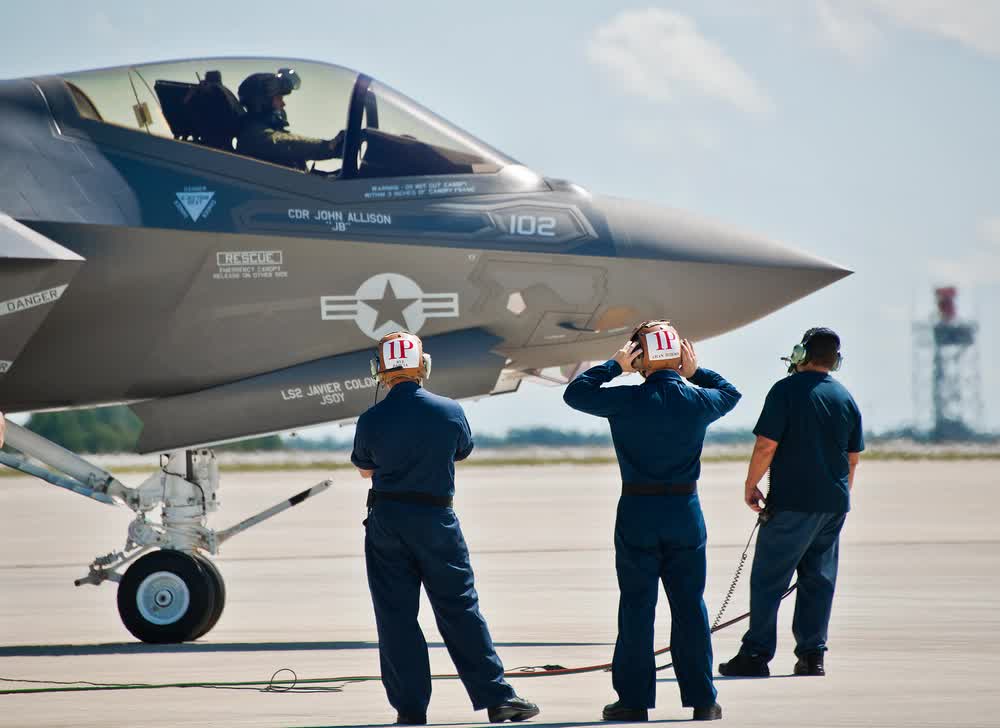
Editor’s Note: This article has been updated to remove an incorrect mention that the F-35 will replace the F/A-18.
The F-35 Lightning II is the most advanced jet in the skies today. However, its journey to the skies hasn’t been easy. Indeed, the F-35 program had to overcome several challenges and setbacks to be where it is today. To a certain extent, these challenges continue to this day.
According to the latest assessment by the Government Accountability Office (GAO), the F-35 Program will cost more than $2 trillion during its lifetime. This astounding cost makes it the most expensive defense program in recent history and one of the most expensive in military history in general.
Specifically, the GAO report estimates $1.6 trillion in sustainment costs, which include operational demands and maintenance – this is about 45 percent higher than the previous estimate in 2018 ($1.1 trillion). It also estimates approximately $445 billion in acquisition costs, which include development and procurement of the stealth fighter jet.
One of the main reasons for the hefty half a trillion dollars increase in sustainment costs is the fact that the U.S. military plans to operate the F-35 fighter for an additional decade, or until 2088. Another reason is the higher inflation.
The fact that the GAO had to revise its estimate within six years coupled with the ongoing production and delivery of the aircraft, could indicate that the F-35 Program’s cost might further increase in the near future.
Lockheed Martin and the F-35 Joint Program Office have tried to bring costs down but without significant success. Nevertheless, for many, the high cost and challenges surrounding the F-35 Program have a reasonable explanation.
Related: Navy wants to add decoys to its F-35s in preparation for a near-peer conflict
A Babushka of an aircraft
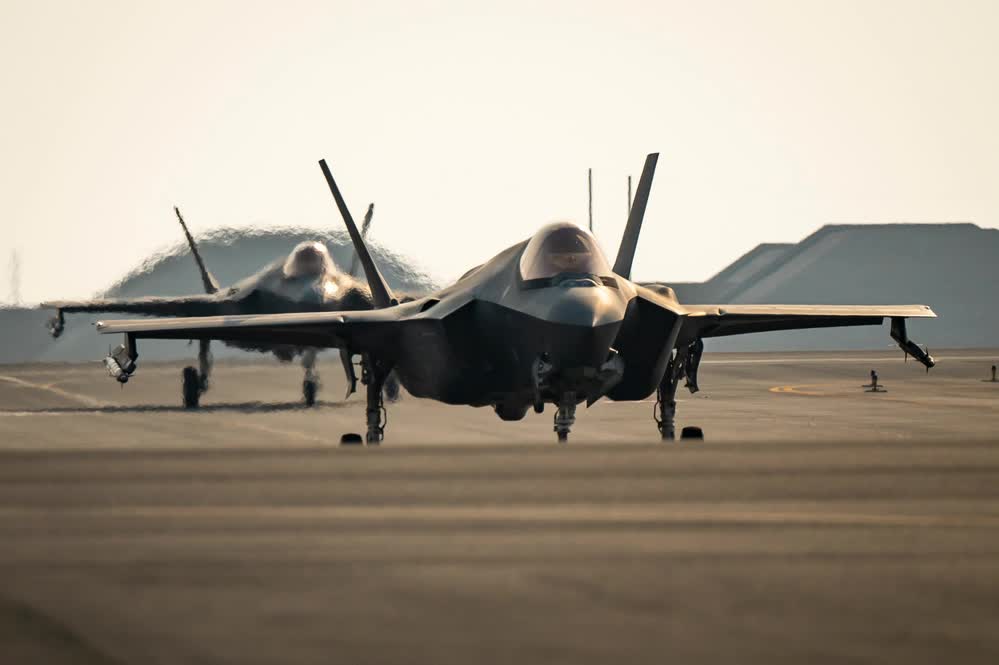
Much like the Russian Babushka wooden dolls that fit several similar toys of different sizes in each other, the F-35 Lightning II isn’t just one aircraft and isn’t intended to replace just one aircraft.
The F-35 comes in three versions: A, B, and C. Although they are essentially the same aircraft in terms of capabilities, each is designed differently to meet the different demands of the U.S. military’s services. Essentially, Lockheed Martin designed three different aircraft in one, and that is reflected in some of the costs.
The F-35A is the conventional take-off and landing aircraft that operates from runways; this is the version used by the Air Force and most of the 19 countries that comprise the F-35 Program.
The F-35B is the Short Take-Off, Vertical Landing (STOVL) version of the aircraft and can take off and land like a helicopter but still fly like a fighter jet; this version is used by the U.S. Marine Corps, as well as several foreign partners.
Finally, the F-35C is the aircraft carrier version of the aircraft and is designed to withstand the extreme pressures of carrier operations; this iteration is used only by the U.S. Navy and Marine Corps.
In addition, the three versions of the F-35 Lightning II are going to replace several older aircraft, including the A-10 Warthog close air support aircraft, AV-88 Harrier STOVL fighter jet, and also probably the F-16.
As such, they include capabilities that would normally be spread over several aircraft. This streamlining of mission sets in a single aircraft is a logistical miracle for the U.S. military and will benefit it in a time of war.
Read more from Sandboxx News
- Everything you need to know about America’s struggle to replace its aging ICBM arsenal
- Could paramotors be useful to the US military?
- Ukraine is the world’s largest minefield. AI is now helping to clear it
- The veteran and the beard – Like peanut butter and jelly
- Lockheed Martin’s new hypersonic missile can fit inside the F-22
Related Posts
Sandboxx News Merch
-

‘Sandboxx News’ Dad Hat
$27.00 Select options This product has multiple variants. The options may be chosen on the product page -

‘AirPower’ Golf Rope Hat
$31.00 Select options This product has multiple variants. The options may be chosen on the product page -

F-35 ‘Lightning’ Framed Poster
$45.00 – $111.00 Select options This product has multiple variants. The options may be chosen on the product page
Stavros Atlamazoglou
Greek Army veteran (National service with 575th Marines Battalion and Army HQ). Johns Hopkins University. You will usually find him on the top of a mountain admiring the view and wondering how he got there.
Related to: Airpower
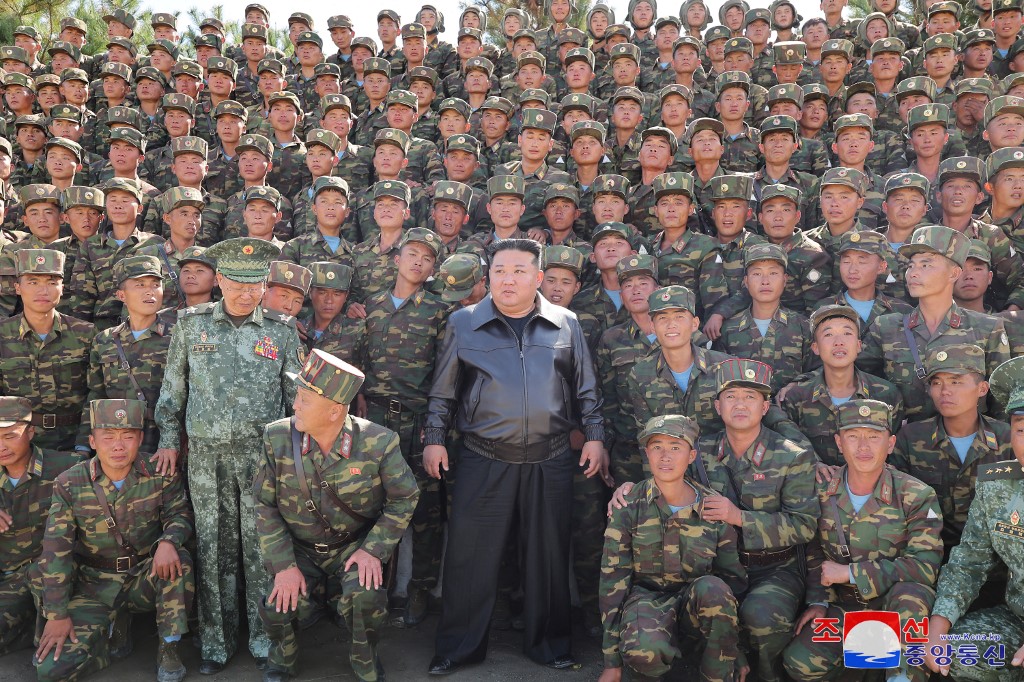
North Korean troops in Ukraine seem stuck in the Cold War, evidence suggests
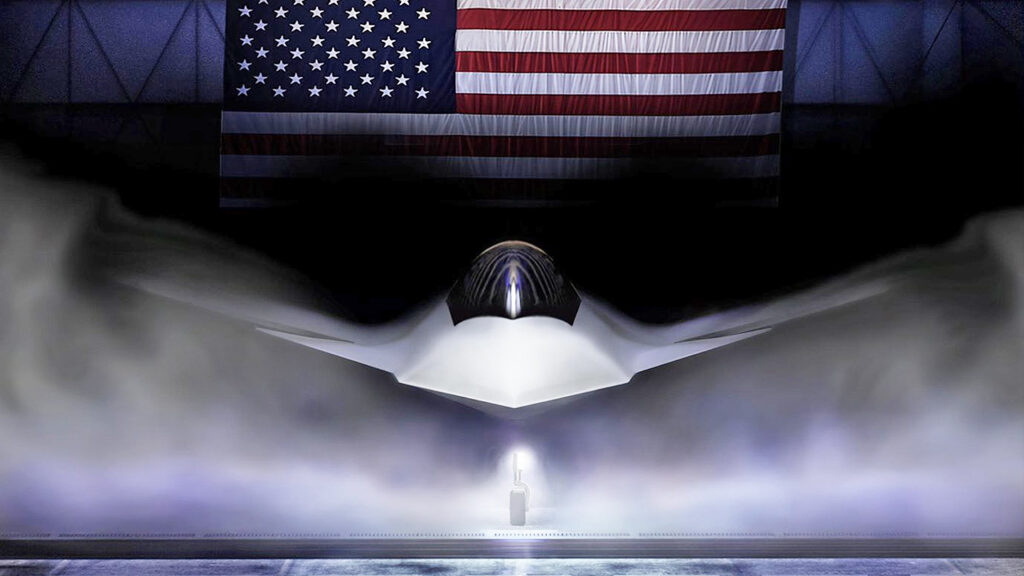
Boeing has managed to win the contract for America’s NGAD fighter
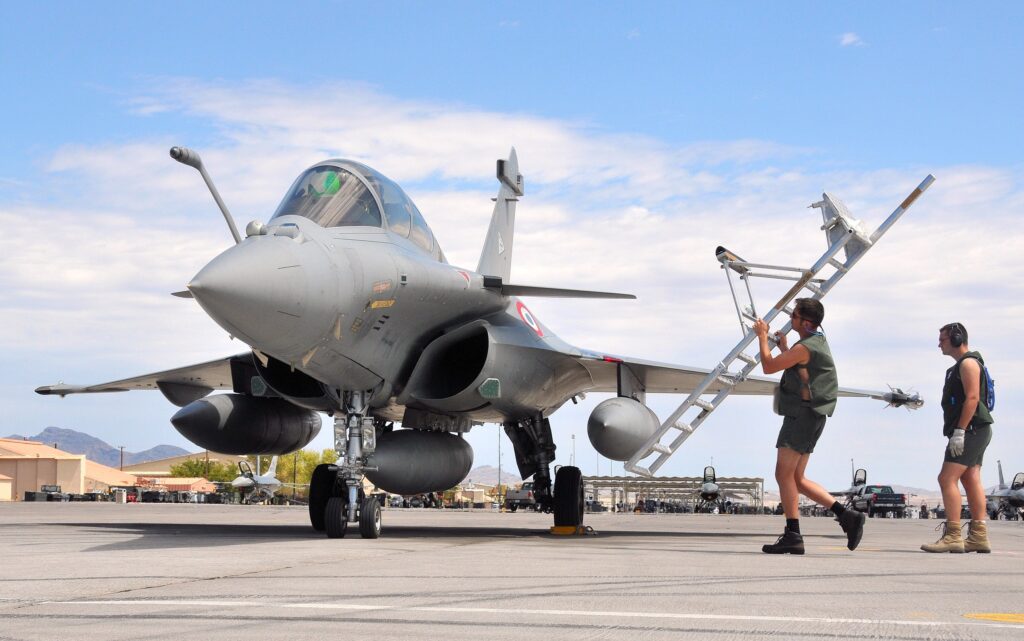
Could France undertake the role of Europe’s nuclear protector? Potentially
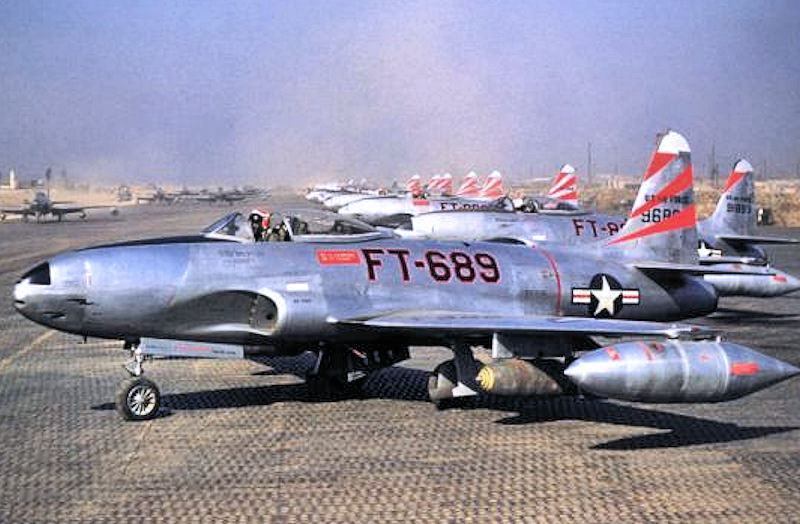
What are the differences between the six generations of fighter aircraft?
Sandboxx News
-

‘Sandboxx News’ Trucker Cap
$27.00 Select options This product has multiple variants. The options may be chosen on the product page -

‘AirPower’ Classic Hoodie
$46.00 – $48.00 Select options This product has multiple variants. The options may be chosen on the product page -

‘AirPower’ Golf Rope Hat
$31.00 Select options This product has multiple variants. The options may be chosen on the product page -

‘Sandboxx News’ Dad Hat
$27.00 Select options This product has multiple variants. The options may be chosen on the product page
